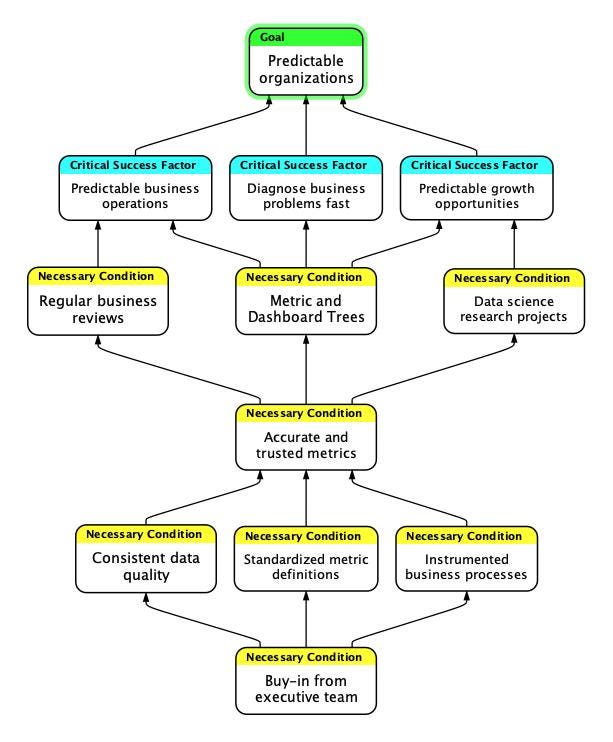Transforming a Data Culture
From answering questions to being a strategic partner
I recently posted a message on X/Twitter and LinkedIn asking data leaders to send me DMs and set up a few calls.
I knew they were frustrated and I wanted to help.
The idea was I’d try and figure out how to help them pivot away from answering questions and building dashboards towards being a strategic partner who has real impact in the business.
Dashboard hell is the most vicious cycle data teams get trapped into.
You get a request for data. You ask why. You gather requirements. Everything looks good. They just need a dashboard.
You spend a week building the dashboard (more if you have to also build a data pipeline) You deliver the dashboard thinking you’re done. Not so fast…
Now they want more charts, more sliders, more dimensions, more metrics. On top of that they have questions that cannot be answered with a dashboard and require a couple of weeks of data analysis.
Everything is ad-hoc. What’s worse is you get so busy you forget why you became a data leader in the first place.
But don’t throw in the towel just yet.
So a few of them took me up on my offer and I had some good calls. There was one question that kept popping up and I want to address it on this post.
How do I change things when my data team is treading water answering questions and building dashboards, they can't just give me carte blanche to build metric trees can they?
First I asked my good friend Abhi Sivasailam given his experience transforming data culture through exactly this pivot. Abhi gave me a few good pointers.
Then I had a conversation with another friend (Ben Ford) who helped me realize I had already gone through such a transformation albeit in a slightly different context.
It all begins years ago when I was involved in a project to replace a homegrown CRM with Salesforce.
The project was risky because it meant swapping out an aging tried and true CRM with something brand new. It had to have all the same features and be easy to use.
The project went through roughly 4 phases that I believe are exactly the same when doing
Phase 1: Get buy-in from executive team
Phase 2: Freeze / slow down development on old CRM
Phase 3: Peel off a "tiger team" to build the new CRM
Phase 4: Slowly transition teams onto it
After speaking with Ben, I realized this was exactly what Abhi had been saying all along. So I used one of my favorite diagrams (The Goal Tree) to map out the journey.
The goal tree is part of the theory of constraints thinking processes and has 3 core elements. The Goal; The Critical Factors without which the Goal is impossible, and no more than 5 layers of Necessary Conditions which enable the layers above them.
As you can see the ultimate goal is the run predictable organizations. To do that you have to understand far more about how they work than is possible which requires data.
You need data to ensure predictable business operations, diagnose business problems through root cause analysis and predictably find growth opportunities.
But you can’t hope to achieve any of this if you don’t have buy-in from the executive team. Before we embarked on the CRM replacement project, we had to get approval from the president for the whole plan.
Getting buy-in is the hardest but also the most important phase.
Use your persuasive powers and get the CEO/President on board if you can, or someone close to them.
Without buy-in you won't be able to complete Phase 2 decreasing (or stopping) the inflow of requests to your data team.
If that's not possible you can always ask for more budget to hire an external team. Negotiate wisely.
Next you start building. You must show progress and success early and often to keep the flood of requests at bay.
Finally start transitioning teams onto the new tools slowly. With enough luck, jealousy (over better tools) will create enough interest for you to keep going.
I plan to write more about how to get buy-in in future issues, but you can still reply and let me know what you thought or what your experience has been.
Till then..


Thank you for the article and a great visual on goal tree. In large organizations, we can also add business stakeholder engagement and alignment to target data strategy as one of the goals. There are data silos and shadow IT in most of large organizations that need to be aligned with target state data strategy.
Master Data Management needs to be somewhere in that diagram, right? Without good MDM it's hard to do any of the steps.